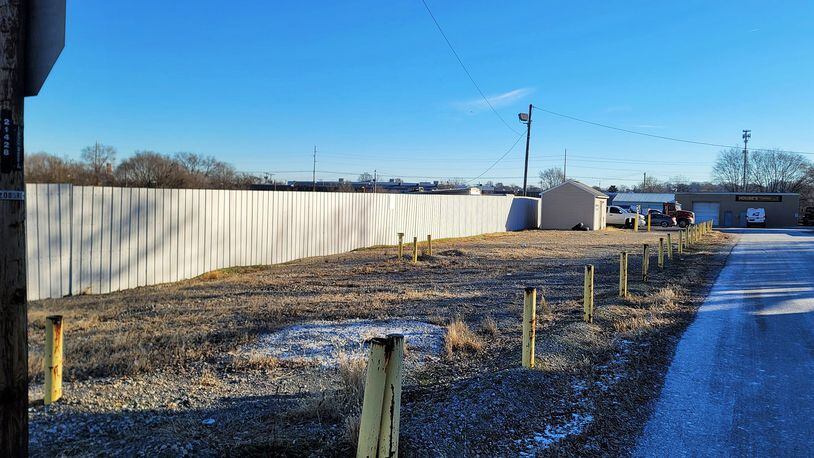The 8.82-acre site, where House’s Towing is located, was once owned by the city from 1967 until October 1970, when the landfill closed. The Ohio Environmental Protection Agency deemed Hamilton a responsible party because it is in the site’s ownership chain, and Hamilton Executive Director of Infrastructure Edwin Porter said the city has an Ohio EPA-approved explosive gas monitoring plan for the site.
The city used the Pleasant Avenue landfill primarily for municipal solid waste for that 1967-to-1970 timeframe, he said. Municipal solid waste was disposed of (residential and commercial waste) at the site in a sand and gravel pit.
This is not a new matter for Hamilton, Porter said. However, new rules in the Ohio Administrative Code that took effect in July 2021 placed the city into contingency monitoring every week. It also required the remediation of the methane gas migrating off the boundary of the site.
Before that, the city monitored the wells every month since 1999. Methane gas detector alarms have also been offered or installed in all of the occupied structures within 200 feet of the boundary of the site.
Hamilton’s explosive gas monitoring plan consists of things defined by the Ohio Administrative Code, such as site surroundings, landfill characteristics, gas generation potential, existing gas monitoring system, basis for explosive gas monitoring system, monitoring procedures, and procedures for decommissioning of monitoring wells.
Porter said methane is the pollutant of concern, and methane concentrations are more than the lower explosive limit.
The city has been working with House’s Towing on this remediation effort.
“House’s Towing is not anticipated to be impacted by the gas remediation project,” Porter said. “Mr. House has agreed to allow the City to install the active gas collection system and the documents will be signed if everything is approved by council.”
Credit: Nick Graham
Credit: Nick Graham
He said the detail design for the active gas collection system has been completed, and the next step is to acquire the necessary utility easements ― they exist as three separate easements ― to install the system.
“Once the utility easements are acquired the project will be bid out and constructed,” Porter said.
The land will have use restrictions imposed by the Ohio EPA after the remediation project due to the composition of subsurface waste. Hamilton has earmarked $400,000 from its Refuse Fund to cover the construction cost of the system.
No other landfill in Hamilton is known to exist for which the city has been deemed a responsible party, and which requires remediation.
“The city of Hamilton, an engineering firm with significant experience in this field, and the OEPA continue to ensure that the safety of our residents is protected,” Porter said.
City Council will consider the legislation at its next two meetings, with a vote expected at its Feb. 14 meeting.
About the Author
